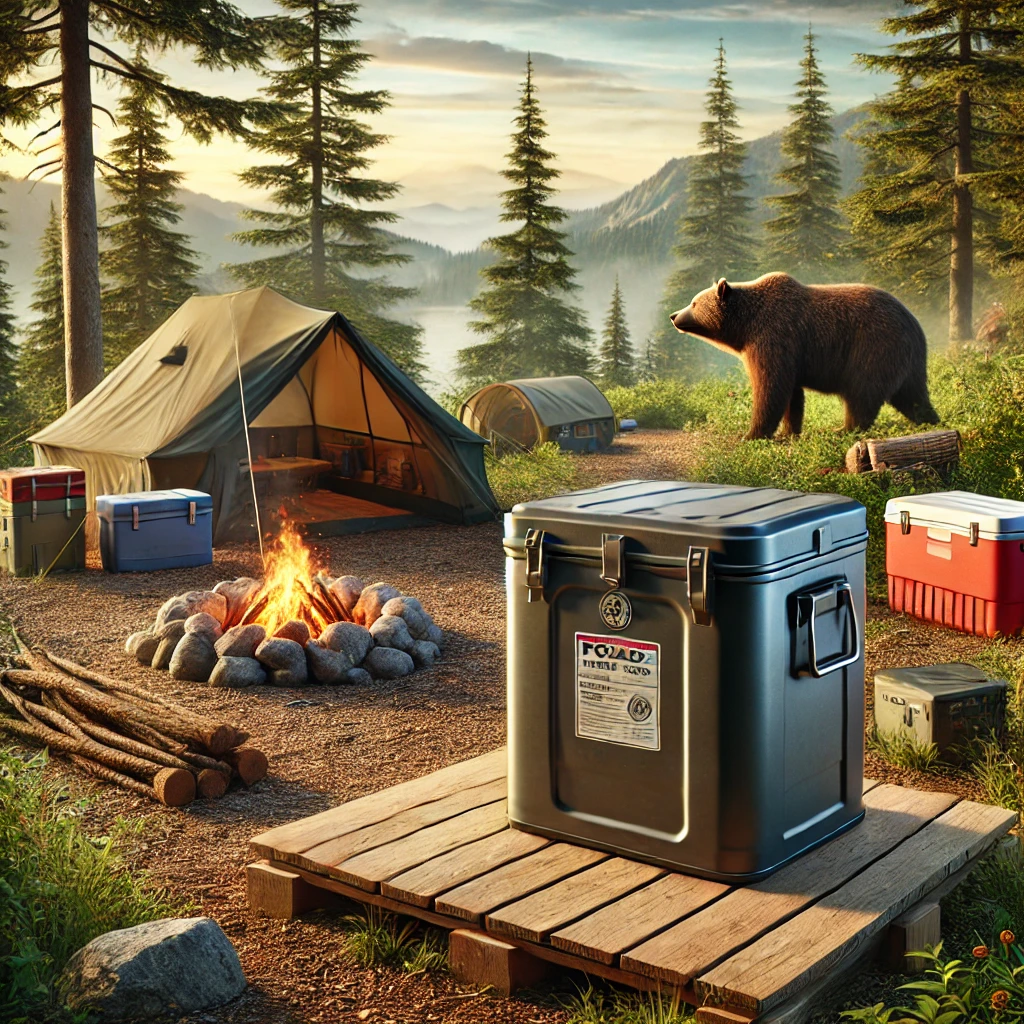
Storing food properly isn’t just a chore—it’s a crucial step in keeping those unexpected wildlife visitors at bay. Picture this: a midnight snack gone wrong, thanks to a curious raccoon or a bear drawn by leftover campfire marshmallows. The way we manage our food leftovers impacts whether we get a wild midnight visitor or a peaceful night’s sleep.
When food isn’t stored properly, the aroma travels much further than we think. Animals—big and small—have a better nose than any hound, making our leftovers irresistible. Poor storage can act like a dinner bell, inviting unwelcome guests from the local wildlife community to check out your backyard or campsite.
The consequences go beyond an startled raccoon. Direct interactions with wildlife can lead to property damage, injury, or sometimes harsh measures to manage wildlife attracted to human spaces. It’s a risk not worth taking, both for our safety and the animals’ well-being.
Feeding wildlife, even unintentionally by leaving food out, can disrupt their natural foraging behaviors. They become dependent on these easy meals, which isn’t healthy for them and often leads them into dangerous situations. By being mindful of how we store our food, we’re playing our part in maintaining the natural order and respecting the lives of our wild neighbors.
Best Practices for Storing Food Outdoors
When you’re setting up camp, securing your food becomes a top priority. Think about investing in bear-proof containers; these tough guys are designed to keep curious claws out. They’re pretty much a must-have if you’re anywhere near bear country.
Stashing food lockers or storage canisters at least 100 feet from your sleeping area is a smart move. This way, if an animal’s keen nose does pick up some scents, it’s less likely to wander into your tent looking for a late-night snack.
Hanging your food can be a game-changer too. Using the classic PCT method, you can suspend your goodies high between two trees. Just make sure it’s out of reach of taller animals and far from the trunk to avoid that vertical reach.
Always clean up your cooking area after meals. Avoid leaving any scraps or even crumbs behind, as these can be enough to attract some persistent visitors. Animal-proof trash bags can come in handy, making it easier to carry out waste without leaving any trail of scents.
It’s all about thinking two steps ahead to keep wildlife away and your camping experience peaceful. After all, nobody wants a bear raid in the middle of the night.
Home Food Storage Tips to Deter Wildlife
Keeping critters out of your backyard starts with securing all potential food sources right at home. One of the easiest ways for wildlife to access food is through garbage bins. Make sure your bins have tight-fitting lids or consider getting wildlife-resistant ones if you’re in an area heavily trafficked by hungry raccoons or opossums.
Pet food left outside can be an open invitation to animals. Store pet food indoors in sealed containers and make sure to pick up any leftovers after feeding your pets. It’s a simple trick to keep your furry friends’ meals to themselves.
Putting up good fencing can play a crucial role, especially if you have a vegetable garden or fruit trees. Make use of electric fences or mesh netting to keep out those who think your garden is their buffet.
Motion-activated lights and alarms can help too. A sudden light or noise is often enough to send curious raccoons scurrying back to the woods. These small additions can make a big difference in keeping your home wildlife-free.
Don’t underestimate the power of scents and repellents. There are natural repellents like hot pepper sprays for plants or citrus peels that can deter smaller critters. It’s like adding an extra layer of security to your defenses.
Educating Community on Wildlife Preservation
Building a community that’s clued into wildlife preservation begins with spreading the word about responsible food storage. It’s about more than just keeping trash cans locked—it’s about changing how we interact with our environment and promoting mutual respect.
Hosting local workshops or collaborating with wildlife agencies can be an excellent way to share practical tips on food safety and the importance of not attracting wildlife. These events become platforms for exchanging knowledge and inspiring people with successful strategies others have implemented.
Storytelling is powerful. Sharing personal experiences and local success stories helps build morale and motivates others to follow suit. Hearing how neighbors transformed their backyards to be wildlife-friendly yet secure can inspire others to think outside the box.
Creating local online groups or forums can help maintain ongoing conversation about wildlife safety and involve more community members. It’s a chance to exchange quick, actionable tips and share observations, reinforcing the idea that everyone’s efforts matter.
In the end, it’s about fostering a sense of community responsibility. By educating each other and staying informed, we can prevent unwanted wildlife encounters while respecting and coexisting with nature.
